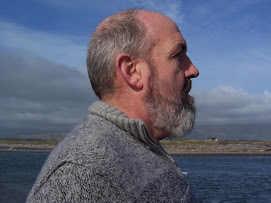
The graphic is from a resource for secondary schools - Our Changing World - soon to be published by the Global Education Center. The original idea - understanding the make-up of the global village - comes from David Smith.
In this village, the challenges of governance are massive. We only need look at the United Nations to understand how the best intentions can get derailed.
George Monbiot proposed one possible solution to this challenge; to quote extracts from Wikipedia:
Monbiot's fifth book, The Age of Consent: A Manifesto for a New World Order, was published in 2003. The four main changes to global governance which Monbiot argues for are a democratically-elected world parliament which would pass resolutions on international issues; a democratised United Nations General Assembly to replace the unelected UN Security Council; the proposed International Clearing Union which would automatically discharge trade deficits and prevent the accumulation of debt; and a fair trade organisation which would regulate world trade in a way that protects the economies of poorer countries. Monbiot emphasises that he does not present the manifesto as a "final or definitive" answer to global inequalities but intends that it should open debate and stresses that those who reject it must offer their own solutions.
My next post will describe how "Variety" can help us understand complexity.

No comments:
Post a Comment